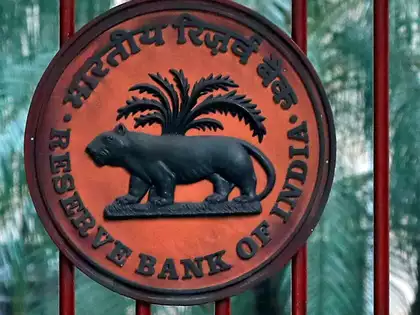The policy repo rate was once again lowered by 25 basis points (bps) to 6.00% with immediate effect by the Reserve Bank of India (RBI) in its April 2025 bi-monthly monetary policy announcement. In the March 2025 piece, PersonalFN had highlighted this possibility in light of the CPI inflation pattern.
The RBI has lowered the policy rate by 50 basis points as far in CY2025. Additionally, the RBI’s six-member Monetary Policy Committee (MPC) voted to shift the policy’s position from “neutral” to “accommodative” in the most recent bi-monthly monetary policy.
These choices were made in light of the increased uncertainty that has clouded the economic outlook globally since Trump 2.0 tariff-related statements, creating additional challenges for inflation and global growth.
Bond rates are also decreasing, and investors’ wealth is being eroded by extreme volatility. However, in the face of impending macroeconomic and geopolitical uncertainties, gold has become more confident.
Bank depositors are left wondering what the interest rates on bank FDs would be going ahead after the RBI slashed policy rates twice in a row.
Path to Interest Rates
If inflation remains well within the RBI’s target range (4.00% within a band of +/- 2.00%), the shift to an accommodating monetary policy stance suggests that the RBI would be amenable to additional rate reduction to assist growth.
The MPC has noted that, thanks to a significant decline in food inflation, it is currently below the objective. Furthermore, the prognosis for inflation has significantly improved.
According to the RBI’s forecasts, there is now more assurance that headline inflation will sustainably align with the 4.00% objective over a 12-month period.
The MPC’s resolution clearly emphasizes that the benign inflation and modest growth outlook need that the MPC continue to promote growth in the face of difficult global economic conditions.
Simply put, this implies that bank deposit interest rates will eventually decrease.
Prior to the RBI’s bi-monthly statement in April 2025, a few banks had already lowered their deposit rates. Additionally, certain bank fixed deposits with high interest rates have been withdrawn.
In order to avoid asset-liability mismatch, many more banks would recalibrate and lower their deposit rates in the future.
Impact on Risk-Averse Investors and Retirees
Seniors and risk-averse investors who primarily invest their hard-earned money in bank savings accounts (FDs) in hopes of earning steady, set returns to help them manage their cash flow demands would suffer from lower deposit rates.
However, it makes sense to invest, book, or lock in at the existing interest rates before the RBI lowers policy rates much more in the upcoming meetings and its transmission occurs at banks.
Bank FDs would provide stability to your portfolio regardless of market conditions during periods when it is anticipated that financial markets will be tumultuous, affecting the returns of market-linked investment avenues.
The geopolitical and macroeconomic climate still demands care, even if Trump has just suspended tariffs on the majority of nations with the exception of China and the Indian stock market has recovered. Keep in mind that investing requires both capital preservation and wealth generation; this is where bank FDs come in.
As you may already be aware, bank FDs offer an additional degree of security with DICGC insurance coverage of up to Rs 5 lakh per depositor per bank. The DICGC protection can be further increased by distributing your FDs among other banks in addition to joint and/or single account ownership.
Ideally, you should use the laddering approach to maximize the returns on your bank FD while taking your liquidity and cash flow requirements into account.















